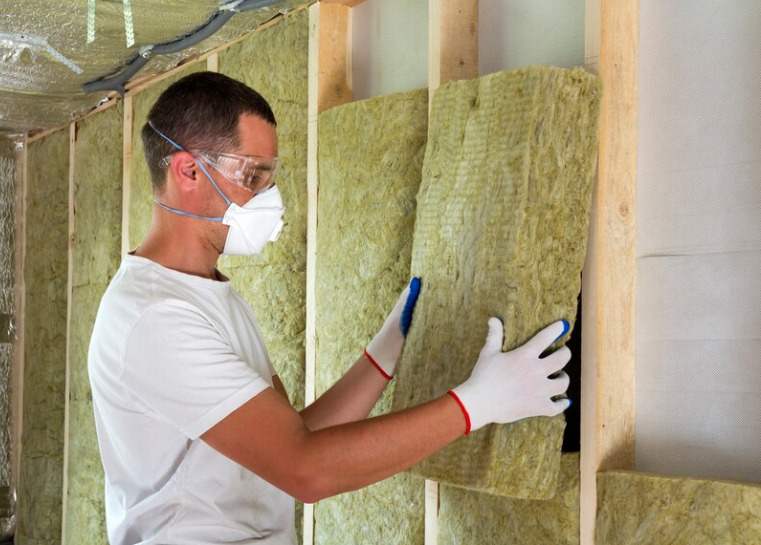As the cost of energy escalates and environmental concerns grow, homeowners seek effective ways to boost their home’s energy efficiency. One increasingly popular solution is spray foam insulation. This versatile method offers a host of benefits, such as improved energy efficiency, enhanced comfort, and reduced utility bills. However, for optimal results, homeowners must master the art of using spray foam insulation wisely. In this article, we’ll explore three invaluable tips to make the most of spray foam insulation for your home.
1. Familiarize Yourself with the Types of Spray Foam Insulation:
Before diving into the world of spray foam insulation, acquaint yourself with its different types. Two main variants exist: open-cell and closed-cell foam.
Open-Cell Foam: This lightweight and less dense option is ideal for interior applications like walls and ceilings. While it offers a lower insulating value (R-value) compared to closed-cell foam, it excels at soundproofing due to its porous structure. It’s also a wise choice for areas where moisture management is essential as it allows water vapor to pass through.
Closed-Cell Foam: Denser and more rigid, closed-cell foam boasts a higher R-value per inch, making it a superior insulator. It works well for both interior and exterior applications, providing a barrier against moisture. Closed-cell foam can even reinforce walls and roofs, proving advantageous in regions prone to harsh weather conditions.
Understanding the distinctions between these spray foam types empowers homeowners to make informed decisions based on their unique needs and budget.
2. Entrust the Task to a Professional Insulation Contractor:
Though some homeowners might consider spray foam insulation a do-it-yourself project, it’s crucial to recognize that it demands expertise best left to professionals. Installing spray foam insulation requires specialized equipment, knowledge, and safety measures for optimal results.
Hiring a seasoned spray foam insulation contractor in Rochester offers numerous benefits. Experts possess the know-how to determine the most suitable foam type for a specific project, ensuring maximum efficiency. Moreover, professionals apply the foam evenly and at the correct thickness, avoiding issues like uneven insulation and air leakage. Additionally, experienced insulation contractors skillfully address potential challenges, such as difficult-to-reach areas or existing insulation removal, if necessary.
During the selection process, conduct thorough research by checking reviews, seeking references, and verifying licenses and certifications. Reputable contractors furnish detailed estimates, respond to queries, and provide warranties on their work.
3. Thorough Preparation and Air Leakage Solutions:
Properly preparing the area before applying spray foam insulation is pivotal to achieving excellent results. Homeowners must ensure the area is clean, devoid of debris, and dry. In cases where existing insulation remains, its compatibility with the new foam requires assessment.
Addressing air leakage constitutes another critical preparation aspect. Air leaks can undermine insulation efficacy by facilitating the exchange of indoor and outdoor air, leading to energy loss and diminished comfort. Homeowners should meticulously inspect walls, ceilings, and potential trouble spots for gaps, cracks, and holes allowing air passage. Sealing these openings with caulk or weatherstripping before spray foam insulation application ensures an airtight barrier, heightening overall energy efficiency.
In conclusion, spray foam insulation stands as a wise investment for homeowners seeking to enhance their home’s energy efficiency and comfort. Familiarizing yourself with the different foam types, hiring a professional contractor, and thorough preparation form the cornerstone for achieving optimal results. By embracing these three invaluable tips, homeowners can create a well-insulated, energy-efficient haven that benefits both their finances and the environment.







